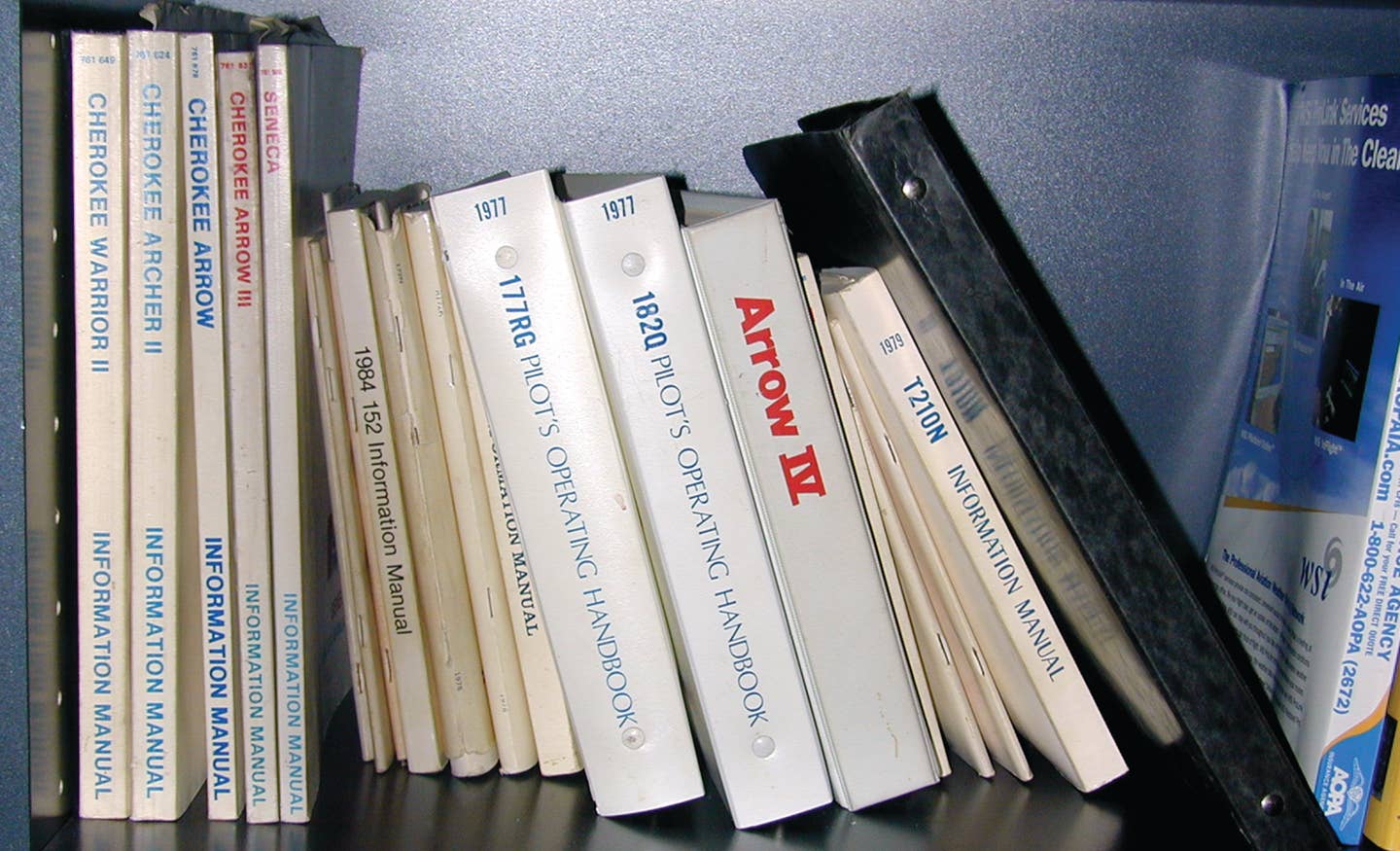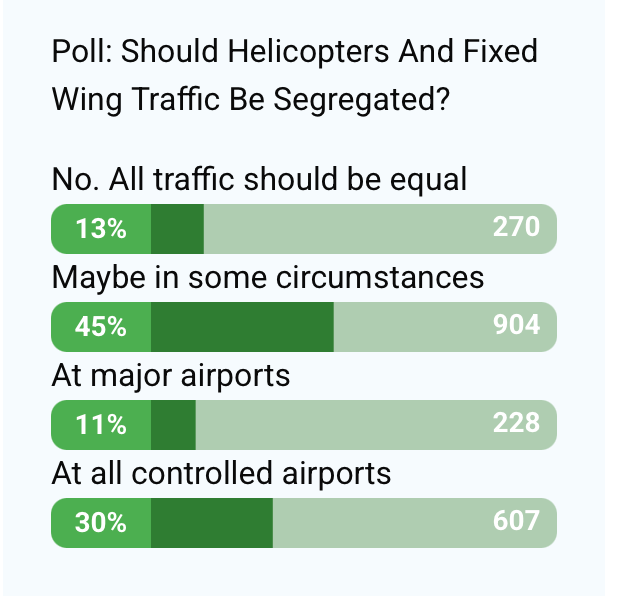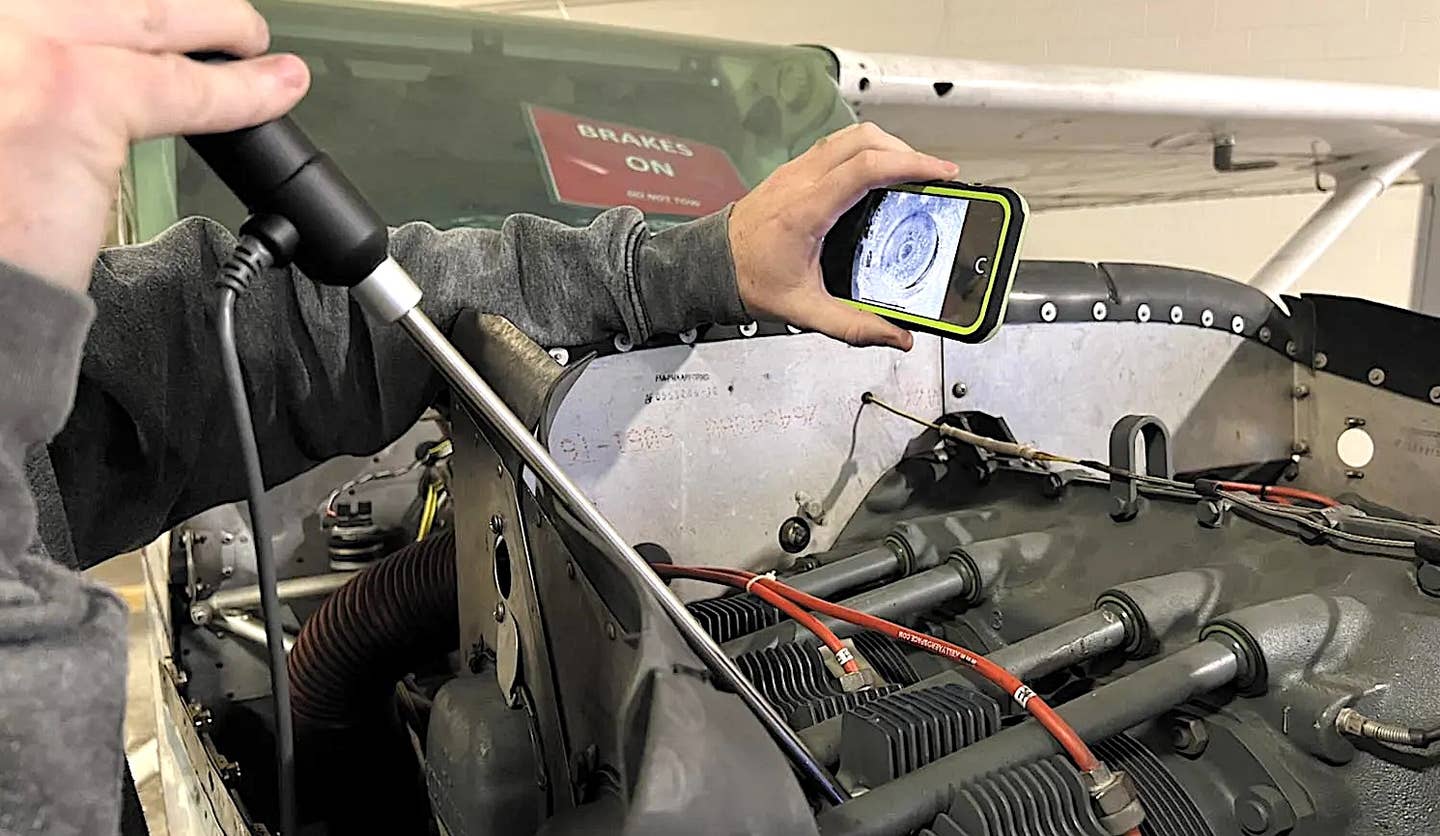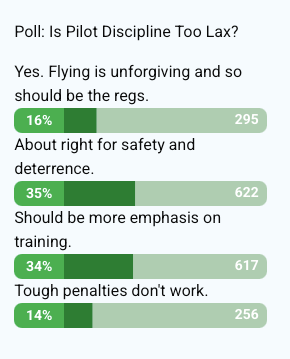Home Schooling
A good pilot is always learning and practicing. Whether your aviating is geared toward a ratings-oriented career or just going for the occasional $100 hamburger, we all should put some…

If you regularly fly several airplanes, it can be hard to keep their systems quirks, airspeeds and emergency procedures properly organized in your mind. But even if we only fly one airplane, we still forget stuff. Often, when pawing through a POH or AFM, I have a couple of “Oh, yeah; I remember that” moments. We should try to keep those to a minimum.
A good pilot is always learning and practicing. Whether your aviating is geared toward a ratings-oriented career or just going for the occasional $100 hamburger, we all should put some effort into maintaining proficiency and enhancing related knowledge. If you’re stuck at home with nothing to do and can’t fly, how can you spend the time adding to the aviation skills and knowledge you want?
As with all things aviation, it depends. If you want to add some new ratings or certificates, now is probably a good time to study for them. If you’re interested in keeping up with the latest developments and refreshing your understandings, and perhaps learning something new, reading this magazine regularly often helps. And even if you’re concerned your cockpit skills will deteriorate after a long stretch out of the left seat, there are ways to address that, too. Here are some suggestions.
Study For A Written
Many years ago, I found myself between jobs for a couple of months, with little to do. I had already earned my private certificate and the instrument rating, but knew I wanted to add others, too. I got my hands on a test-prep course for the commercial and flight instructor certificates, and proceeded to study for their respective written exams. I’m happy to report I passed them both handily, with a 100 on the CFI written.
Back then, the FAA published at least some of the test questions, but without the answers. Also back then, online training simply didn’t exist, and consumer-grade video machines were both expensive and rare, so my preferred medium was audio cassettes, in this case recordings of a small class studying the same material. The test-prep course offered the questions plus their answers, along with sometimes-spirited discussion of why or why not the answers were correct.
There are two schools of thought about FAA written exams. One is to simply study for the test: When you see a specific question, you already know its answer, perhaps without much subject-matter knowledge. The other is to study the material in conjunction with how the FAA writes its tests, so that even if you see one or three questions you didn’t study, which is likely, you still can determine the answers. Good test-prep courses do a little of both, although perhaps without an exhaustive understanding of the underlying material. I found the best way to get through an FAA written was to simply use the example questions provided to take multiple practice exams until I got it right. Remember that the goal is to pass the test.
If you have the time, it should be a no-brainer for you to study up for a written or two, with or without an instructor’s formal involvement. When you’re ready to take the exam, remember it has a two-year shelf-life. See the sidebar, "Hacking The Flight Instructor Written," below for another tip.
Digitize Your Logbook
Meanwhile, my pilot records are an eclectic, disorganized mix of bound paper logbooks, a roll-your-own Excel spreadsheet and the logbook capability found in one of the popular tablet-based electronic flight bags. It took concerted effort to get things that screwed up, just as concerted effort will be required to unscrew things. Hopefully, your logbooks aren’t in such sad shape. If they are, now’s a good time to get each logbook method you use to fly with each other in close formation, even if it takes a lot of boring data entry on your part. If they’re as bad as mine, you have little to lose by getting them back into order.
The FAA accepts electronic logbooks because it doesn’t prohibit them. There are some nuances you should consider, especially when it comes to preserving endorsements, but the agency has provided a lot of guidance on these and other questions. Advisory Circular 120-78A - Electronic Signatures, Electronic Recordkeeping, and Electronic Manuals is the latest guidance, and you also should be familiar with FAR 61.51, Pilot Logbooks.
You have a lot of options when digitizing your records. There are dedicated electronic logbook applications available on all sorts of devices, plus online-only products, as well as the aforementioned EFBs. There also are transcription services available that will digitize your bound logbooks, but that’s overkill when you have the time to do it yourself.
When suitably configured, the high-end EFB-based logbooks will “know” where your flight started, where it ended, and how much time it took, and then automagically add it to your existing records, perhaps along with the GPS-derived flight track. It doesn’t get much slicker than that.
But at the end of the day, there’s an old software truism that applies: garbage in, garbage out. The accuracy and utility of your electronic logbook depends heavily on how it was created and maintained. Which brings us full circle, since your paper records likely have some math errors in them, or perhaps a lot of corrections. If you ever want to fly for money, prospective employers will want to examine your logbooks, and the cleaner they are and easier to review, the better will go your job interviews. Obviously don’t falsify anything—and bring the originals to the interview as evidence—but it’s a lot easier and more professional to demonstrate your flight experience if the pages aren’t cluttered with coffee stains.
There are two added bonuses from taking the time to digitize your logbooks. One is an instant, to-the-hour update of your recent-experience status. Is the night flight to dinner with your significant other legal? It’s easy to check. The other benefit is less tangible but perhaps even more valuable: Pawing through all your old logbooks allows you to reminisce about your flying career, and recall how you got where you are.
Use A Flight Sim
Even though the typical home-based flight simulator isn’t legal to log time toward an FAA certificate, it can have a lot of value, especially when practicing cockpit procedures is the goal. The good news is you probably already have most of the hardware necessary in a high-end personal computer. Add in some software, perhaps with a larger monitor and some accessories, and you’re all set.
The value of such a rig involves getting and staying ahead of the airplane. That’s because a lot of what we do in a cockpit involves manipulating controls, and knowing when. We tweak this, adjust that and use the results to gauge whether the airplane is going where we want. Many cockpit tasks have a sequence and need to be performed that way at a specific time. Even when religiously using checklists, we still need to practice the steps for the desired airplane configuration.
To me, a PC-based sim has great value in helping preserve instrument currency. Flying a typical personal airplane on instruments and shooting an approach with it often demands developing a pat-your-head-while-rubbing-your-belly level of motor skills and coordination, where repetition is king. No, the sim’s controls, switches and equipment, or their placement, might not be exactly where they are aboard the airplane you normally fly, but it doesn’t matter. You’re more interested in establishing and preserving the muscle memory, sequence of events and mental checklists. Once you’re in a real airplane, you’ll still have to perform the same tasks, and it won’t take long to remember where the handles are.
Given the likely inability of your home sim to exert G forces on your office chair, the greatest value of such a rig may be when practicing instrument flying, especially approaches. You can practice the same approach over and over without having to worry about the cost and fly complicated arrivals and departures until you get them right.
Re-Read Your POH
If you’ve been out of the left seat for a while, you may need some remedial studying to make your next flight successful. If you’re unsure book work will be helpful, ask yourself about the values of some of the published data for your airplane, like maneuvering speed or recommended engine-out glide. If you don’t remember, there’s your answer. If you do, keep peeling that onion until you get to some factoid or procedure you’d forgotten about, then study the appropriate POH section for more details.
Modern POHs for many small airplanes are organized in the same way, with normal procedures and system descriptions separate from emergencies and performance charts, for example. One benefit from the “GAMA-format” POH is the same material for each type is in the same place. That makes it easier to compare and contrast when you often fly more than one. Still, there’s a lot of material in there, and you may want to spread out your review over a few days, doing one or two sections at a sitting. When you do, picture yourself in the left seat and performing the tasks described, or walk yourself through the emergency landing gear extension procedure. Once you’re finished, get someone to quiz you on the material you’ve reviewed.
While we’re at it, owners may want to take a moment to ensure their POH and associated documentation are accurate and up-to-date. Manufacturers may update your airplane’s POH without letting you know, so check for the current version. You updated your POH’s equipment list and W&B calculations when you had ADS-B installed, right?
Webinars
Online pilot training has gotten a lot better in recent years, perhaps because just about everyone has a video camera, and strapping a few onto an airplane was inevitable. Still, not everyone can pull off a few minutes of well-produced and informative video. There’s some really dumb stuff out there, too— including what we’d consider “how-not-to” perform some tasks, so you should be picky in what resources you use.
At the same time, many organizations—be they flight schools, FBOs, type clubs or other media— are offering webinars covering various topics guaranteed to help us further our continuing-education goals. If in-person hangar flying isn’t in the cards, there are social media platforms allowing you to get your fix from just about anywhere. And don’t forget the FAA’s offerings, especially those available through the agency’s FAASTeam site, faa.safety.gov. Much of its available content is available live, but everything is archived. Best of all, much of the material available counts toward WINGS program credit, which can help out when it comes time for your next flight review.
Just Do It
As has been said often in these pages, staying current is not the same as staying proficient. Usually, we’re legally current but not proficient, but some well-executed at-home training can flip that concept on its head. If we’re unable to fly for the time being, for whatever reason, we can use that time productively. Finally, if the reason you’re sitting on the sidelines involves airplane availability, there’s an easy fix: buy an airplane. You might be able to get airborne again for the price of a good used car.
Hacking The Flight Instructor Written
If you’ve ever wanted to become a flight instructor, there are two written exams—knowledge tests in FAA parlance— you need to pass. One is for the certificate you’re seeking, which usually is Flight Instructor-Airplane. The other is Fundamentals of Instruction, or FOI, which tests your understanding of how humans learn, or don’t, as the case may be.
The FOI written can be a major hurdle for some aspiring instructors since its material is different. You only have to pass it once, presuming you obtain the desired certificate within the two years before the test results expire.
The good news is you also can pass a ground instructor written exam—basic or advanced—and you’ll never face the FOI again. Take both test results to your FSDO, walk out with a ground-instructor ticket and you’ve complied with the FOI exam requirements for any flight instructor certificate. See FARs 61.213 and 61.183 for the details.
Setting Up Your PC-Based Sim
A PC-based simulator doesn’t have to be expensive or elaborate to be a useful training tool, but there are a few things you may want to think about to make it even better. The first decision, of course, is which flight-sim software to use. There are many options, but the market leaders seem to be X-Plane from Laminar Research (pictured at right) and Microsoft Flight Simulator. Both publishers have new versions out or expected soon. We’d suggest you stay away from combat-oriented sims, however, since shooting down traffic in the pattern generally is frowned upon.
Running a PC-based flight sim is a great excuse to buy that big monitor you’ve been wanting. While you’re at it, consider what kind of controller you’ll use. Accessories like sticks, yokes, rudder pedals, switch panels and throttle quadrants are available, perhaps allowing you to replicate most elements of the real thing. But we’re not sure you need to spend a ton of money to practice your flying skills at home. I get by just fine using a control stick with a throttle and buttons.
To me, the key value of an at-home flight sim always will be practicing what we do in the cockpit, along with when we do it. So much of that involves doing X—extending the landing gear, for example—at the right time, like when passing to final approach fix. You don’t need a full panel to polish those skills, just some time.
Jeb Burnside is the editor-in-chief of Aviation Safety magazine. He’s an airline transport pilot who owns a Beechcraft Debonair, plus the expensive half of an Aeronca 7CCM Champ.
This article originally appeared in the June 2020 issue of Aviation Safety magazine.
For more great content like this, subscribe to Aviation Safety!






